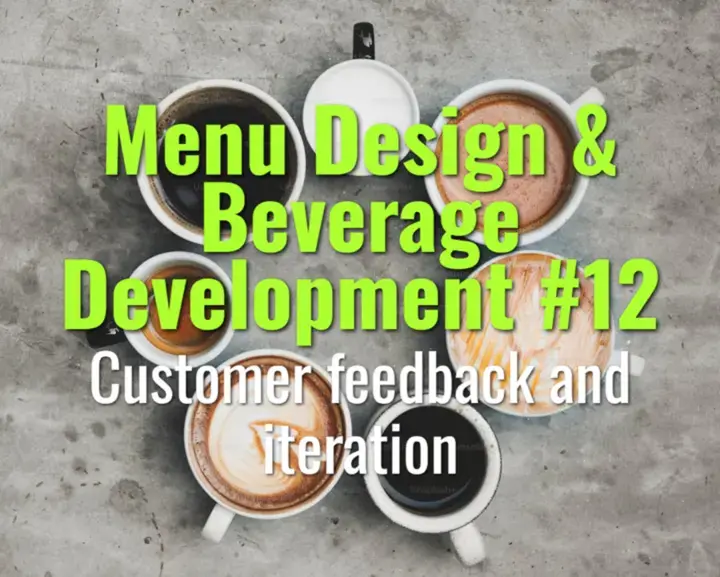Customer feedback and iteration
How to gather and apply customer feedback in developing and refining menu items, ensuring offerings stay relevant, appealing, and profitable.
- Coffee Basics Nerds
- 2 min read
Article 12 of 12 in Menu Design & Beverage Development/

Importance of Feedback
- Customers provide real-world insight into taste preferences, portion sizes, and pricing.
- Feedback helps avoid assumptions and ensures new items meet actual demand.
- Iteration creates a cycle of continuous improvement for the menu.
Gathering Feedback
- Direct Conversations: Train staff to ask customers for opinions in a natural way.
- Tasting Events: Offer small samples of new drinks and record feedback.
- Digital Surveys: Use QR codes on receipts or social media polls.
- Sales Data: Monitor which drinks sell well vs. which underperform.
Interpreting Feedback
- Separate subjective preferences (“too sweet for me”) from objective flaws (“inconsistent temperature”).
- Look for patterns across multiple customers before making changes.
- Balance feedback with café identity—don’t chase every request if it dilutes brand.
Iteration Process
- Launch item in limited release (e.g., seasonal special).
- Gather customer and staff input.
- Adjust recipe, presentation, or pricing based on insights.
- Relaunch improved version or retire item if unsuccessful.
Communication with Customers
- Highlight when changes are made in response to feedback (“new recipe based on your input”).
- Builds trust and loyalty by showing customers their opinions matter.
Practical Tips
- Document all feedback and recipe adjustments.
- Use small test batches to trial modifications.
- Keep feedback loop short—rapid iterations maintain excitement.
Summary
Customer feedback and iteration keep menus dynamic, relevant, and customer-driven. By collecting structured input, interpreting patterns, and making thoughtful adjustments, cafés can refine drinks that resonate with customers while strengthening loyalty and brand identity.